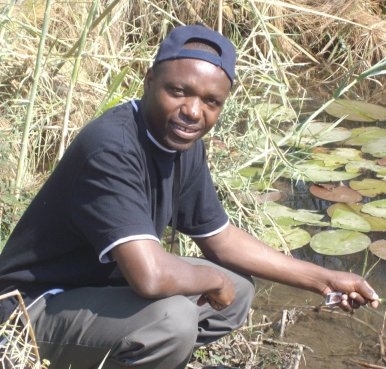 |
| Tommie is currently working on his Malaria 2008 campaign. He is pictured on the riverbanks in Chobe, Botswana, conducting a study on malaria breeding sites. |
Tommie Hamaluba, iEARN Global Educator and a teacher at Gaborone Senior Secondary School, located in the city centre of Botswana, Africa, is working to help eradicate malaria. Along with other key project facilitators, Dr. J. Nirmala, and Mrs. D. Lakshmi Narasamma, from Botswana and India, the team hopes that, with the insight of students and others around the world, they can assist in controlling and eventually abolishing the dreadful disease.
Malaria is one of the oldest, deadliest, and most common infectious diseases affecting humans. It affects half a billion people a year and kills between 1.5 and 2.7 million yearly, particularly young children and pregnant women in sub-Saharan Africa. Malaria takes the lives of approximately 2800 children in Africa each day, and in regions of intense infestation, almost half of all toddlers may die of acute malaria. While much of the world’s peoples are at risk for malaria, about 80-90% of malaria-related deaths occur in sub-Saharan Africa where 90% of all infected people live. Even survivors of malaria are often later afflicted by anemia and developmental disorders.
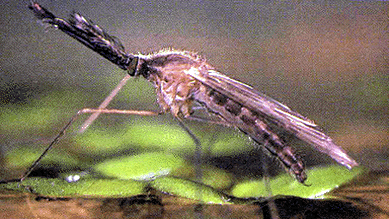 |
| A mosquito. Photo courtesy of www.borwa.botsnet.co.bw and iEARN.org |
Yet, this disease is preventable, and as Hamaluba feels, can be eradicated, with education as a primary step in the process.
Through iEARN (International Education and Research Network) Hamaluba is able to incorporate the topic of malaria into classroom curriculums around the world. Currently, students from Africa and India are researching the causes of malaria and are exploring different ways in which the disease can be prevented in iEARN’s Eradication of Malaria Project, which began in September of 2003. Students can learn from one another’s ideas and discoveries. Project results and summaries are sent to the Department of State Education, the presidents of the countries involved, School Net, and others. Discussion topics include how to avoid contact with mosquitoes, how to gain access to treatment, and more.
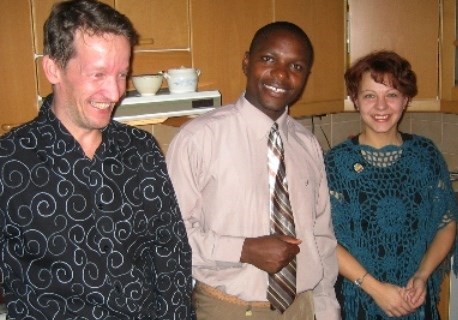 |
| Tommie with teachers in Finland, spreading knowledge about malaria. |
Scientific studies of the disease state that the prevention of malaria can take place primarily by trying to break contact between humans and mosquitoes and by administering drugs to people exposed to bites to prevent the disease’s onset. In recent decades, the focus towards eradicating malaria was to get rid of mosquitoes, primarily with the use of strong insecticides such as DDT. But these insecticides were eventually banned because of the great harm they had on the environment, especially within lakes and rivers where the runoff flowed. Since then, other more effective insecticides, less harmful to humans and the environment have been developed, but the cost is very high. The state of Florida in the U.S., for example, has been financially able to eradicate malaria using these new insecticides, but Third World countries simply cannot continue to spray insecticide over large land masses for long periods of time, as it would be financially impossible.
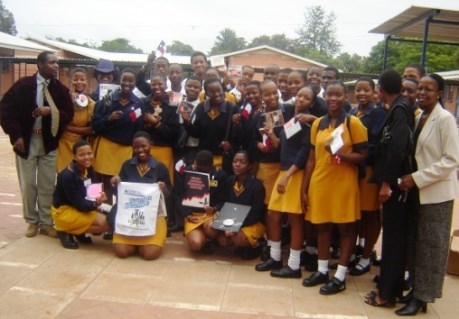 |
| Tommie and his students working on the malaria project in Gaborone, Botswana. They are displaying souvenirs from Texas which were sent by a school through the intercultural project. |
Malaria will be difficult to subdue for several other reasons as well. Along with financial scarcity, there is the lack of ability to clearly educate the masses on the disease, the political and social strife which is causing large numbers of people to move and group together into new areas, and the changes to the environment such as road building, mining, and irrigation which have created new breeding grounds for mosquitoes carrying malaria. But, through education and communication, this iEARN project is assisting the process both by bringing global awareness to it, as well as by enhancing discussion of potential solutions.
Hamaluba and his team refuse to allow this powerful opponent to prevail and are taking steps to overcome the deadly clutch it holds on so many of the world’s peoples. Starting with global communication, awareness, and thoughtful discussion, he and the iEARN team of teachers, students, and others are waging the battle against the seemingly undefeatable opponent with victory as the only acceptable outcome.
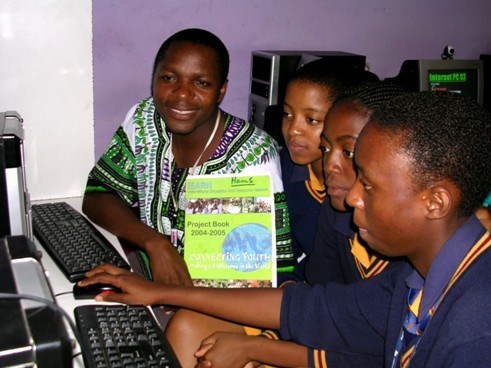 |
| Tommie working with his students in Botswana. |
Page created on 7/11/2015 4:27:13 PM
Last edited 4/14/2020 2:30:41 AM
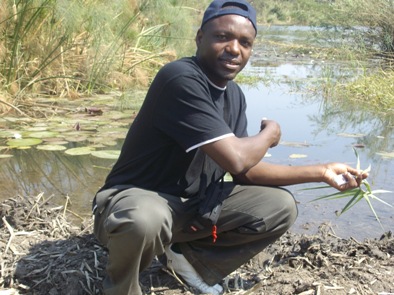
Tommie and his team of students also created a short film about their project for the MY HERO Film Festival.
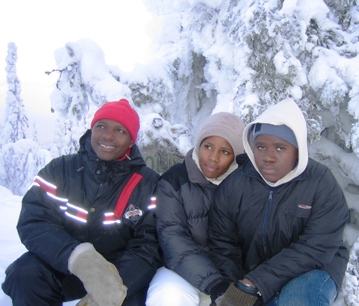
Tommie and his team encourage individuals and organizations to take part in the fundraising and education necessary to win the fight against this relentless disease that kills an average of 1 child every 30 seconds.
Student Benson Keduele of Gabarone, Botswana, reports that the 2008 MALARIA CAMPAIGN successfully provided 500 bed nets to the small village of LESOMA IN BOTSWANA. Students are holding fundraising activities now for next year's campaign (2009) which will reach the small village of Tsau.
Congratulations to Tommie Hamaluba and his inspiring students!
Cliquez ici pour lire l'histoire en français
